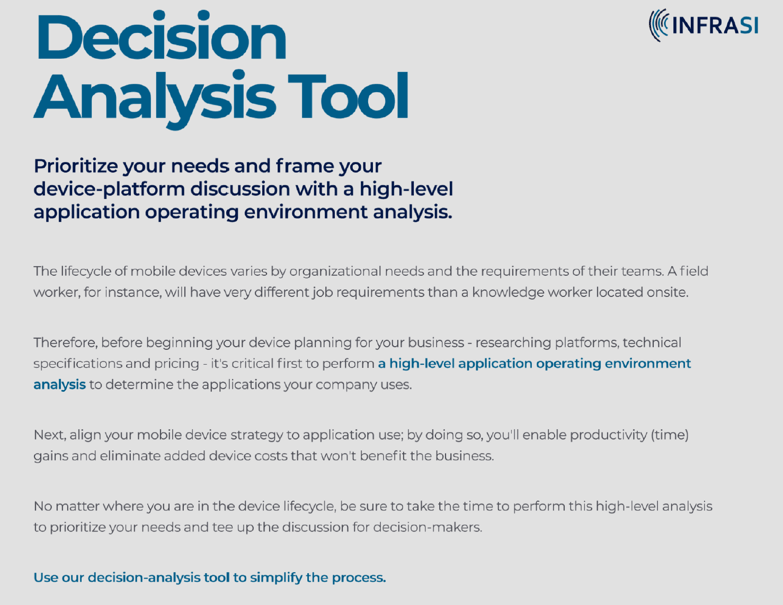The promises of 5G are impressive and include vast bandwidth, high data rates (1-20 Gbit/s), ultra-low latency (1 ms), high security, reliability, and scalability to accommodate the enormous volumes of IoT-connected sensors and devices. 5G is capable of transmitting speeds up to 100 times faster than 4G LTE. The global rollouts of public 5G are still in nascent stages and years away from mainstream adoption. On the other hand, private licensed 5G networks are here today, and they're helping manufacturers implement the transformative applications that drive smart factories, digital transformation, and the internet of things (IoT).
The adoption of private 5G networks is gaining traction around the world as regulators allocate more spectrum to enterprises so they can build and maintain their own private 5G networks — these are networks that don't share traffic with other cellular networks in the vicinity. A private 5G network is a wireless local area network (LAN) that uses 5G-enabled technologies to create a network with dedicated bandwidth and infrastructure that meets a company's specific connectivity needs.
AWS Private 5G
AWS recently announced the availability of a private 5G service for enterprises named AWS Private 5G. AWS Private 5G is a fully-managed private wireless solution based on 4G LTE/5G technology. AWS is making available an easy-to-procure starter kit for a fully-managed, pay-as-you-go, private cellular service. The initial kit comes with a single small-cell radio, supporting the U.S. Citizens Broadband Radio Service (CBRS)bands with the cellular core hosted in a nearby AWS Region. Citizens Broadband Radio Service is a band of radio-frequency spectrum from 3.5GHz to 3.7GHz that the Federal Communications Commission has designated for sharing among three tiers of users: incumbent users, priority licensees and generally authorized, which is lightly licensed.
In terms of pricing, AWS Private 5G adopts AWS' pay-as-you-go model. A predictable monthly fee is charged based on two variables: the number of radio units you have and the maximum configured throughput for the network. This move from AWS allows us to collectively understand more about market readiness for private cellular networks at enterprises. If successful, it could accelerate the market for all parties in the ecosystem.
Private 5G + Manufacturers
Private 5G networks offer compelling and irresistible benefits to manufacturers because 5G-enabled technologies are the foundation of smart manufacturing and smart factories. This includes advanced technologies such as collaborative mobile robots, self-driving machines, swarm intelligence, automatic guided vehicles (AGVs), augmented reality (AR) predictive maintenance, AR/VR headsets, digital twins, etc.
Another tremendous benefit 5G brings to manufacturers is the ability to build a factory without wires or cables — a costly and time-consuming endeavor. With a private 5G network, smart factories can implement artificial intelligence (AI), machine learning (ML), and deep learning (DL) applications rapidly without disrupting the production line and supply chain.
But the complexity of 5G also introduces challenges: First, the devices must be operational on the wireless spectrum used by the private network. This will emphasize the role of partners and systems integrators. Enterprises should look for those that have rich experience in 5G networks and technologies to make it easier to build a dedicated private 5G network.
Manufacturers path to 5G
Even with these challenges, a private 5G network is the clear choice for businesses that require ultra-low latency, reliability, and the need to support thousands of devices. To build a private 5G network, enterprises need to purchase spectrum from the government, mobile network operators (MNOs), or third-party spectrum providers, obtain 5G equipment from network infrastructure providers and connect this equipment to edge devices (smartphones, embedded modules, routers, gateways, etc).
In addition, an internal and external reflection on mission-critical needs around applications needs to be complete. This will help determine what gains can be achieved with a potential private network. Having multiple apps can help with the business case and ROI.

Future of Standalone 5G & Network Slicing
In addition, with standalone 5G networks becoming more prevalent, it’s likely that we’ll start seeing network slicing deployments in the near future. Network slicing allows operators to manipulate the network on the fly and provide different virtual slices of the network to different customers. Customers could basically dictate their slice’s functionality, whether it was a certain bandwidth, latency level, or specific type of security.
For mainstream businesses, this is a watch and learn moment. As more spectrum becomes available, more devices are connected and the 5G ecosystem matures, deployment costs will drop and more advanced technologies will emerge, making private 5G networks an increasingly desirable choice for smaller manufacturers and businesses of all sizes. This next generation of mobile networks aims to address mission-critical wireless communication requirements in public safety, industrial operations, and critical infrastructure. We have the experience needed to make it easier to build a dedicated private 5G network to support your connectivity strategy. We’re here to help!
